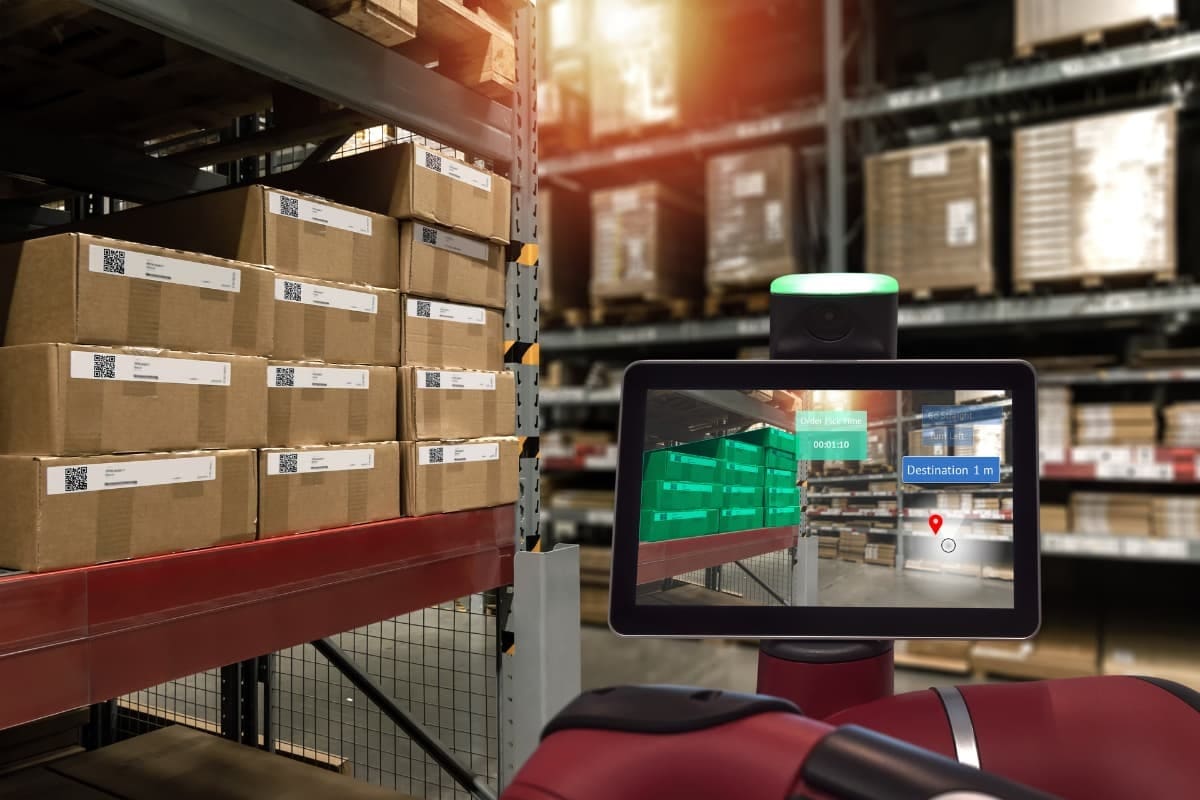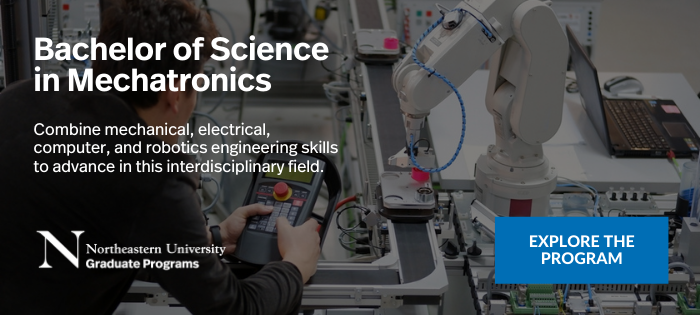Supply chains are undergoing a dramatic shift, fueled by advancements in basic research, technology, and concomitant efforts to make the supply chains safer and more efficient. For decades, supply chain operations were primarily conducted manually, and humans were responsible for all facets of the supply chain, from product development to manufacturing, marketing, and distribution.
Today, however, businesses are exploring the ways in which digital technologies and applications can improve service, and increase agility while lowering operating costs and maintaining desired inventory levels. Such technologies—which include automation, advanced analytics, sensors, robotics, and artificial intelligence—are changing the face of supply chain operations, and are having a major impact on the workforce.
The Benefits of Supply Chain Digitization
Businesses are undertaking supply chain digitization for a number of reasons. According to McKinsey, these efforts will make supply chains:
- Faster: Predictive analytics use internal data (such as demand), external data (including market trends, weather, etc.), as well as machine status data for spare-parts demand, to provide a more precise forecast of customer demand.
- More flexible: Ad hoc and real-time planning allow businesses to react flexibly to changing supply or demand. Real-time production capacity data from machines enable businesses to react dynamically to changing requirements or constraints.
- More accurate: Digital performance management systems provide real-time, end-to-end transparency through the supply chain. They also use AI and machine learning to automatically identify risks and exceptions that change supply chain parameters. With these capabilities, the systems will handle a majority of decisions without human involvement.
- More efficient: Both planning and physical automation boost supply chain efficiency. Robots, for example, are handling the warehouse process from receiving and unloading to packing and shipping.
The Impact of Supply Chain Digitization
According to a report by PwC, without digitization, supply chains remain a series of “discrete, siloed steps taken through, product development, manufacturing, marketing and distribution” that are followed in order to deliver an object to a customer. Digitization enables companies to improve these processes, by integrating them more fully while also increasing their transparency.
In the future, supply chains are poised to evolve even further, as software algorithms become more effective, “such as with the use of robotics to automate the aforementioned discrete steps in moving products from one place to another,” Amato says. “Moreover, the use of predictive analytics is enabling detection of compliance violations within the supply chain before potentially defective products are delivered to a customer.”
Warehousing, for example, will no longer require labor-intensive, manual processes. Instead, digitization will enable technologies that support sensors and autonomous equipment. This will be used in everything from trucks reporting their locations and smart warehouse management systems that choose and prepare docking spots, to drones and robots that assist in unloading goods, determining where to store them, and ultimately retrieving and preparing them for their final destination.
Deliveries, too, will be streamlined. Traditionally, this process has required face-to-face interactions to obtain paper-based signatures. Digitization, however, will eliminate the need for in-person interactions, expediting deliveries, and making them safer. As the COVID-19 pandemic lingers, these advancements are a particularly important factor in keeping workers safe and ensuring there are fewer supply chain disruptions.
Supply Chain Digitization and the Effects on the Workforce
The shift in some supply chain responsibilities from humans to robotics, automation, and other digital technologies is poised to have a significant impact on the workforce, says Stephen Amato, faculty director of graduate regulatory affairs and life sciences at Northeastern University. The reason: Technology is capable of conducting some supply chain operations more efficiently and with greater efficacy than people ever could.
“Sometimes this is going to lead folks without the requisite skill set to be laid off. That’s a consequence of advances in technology,” Amato says. This impacts workers in manufacturing specifically, where robots and automation are replacing jobs traditionally held by humans.
Interested in learning more about Northeastern’s Bachelor of Science in Mechatronics program?
Get the interdisciplinary skills you need to advance your career.
To ensure job security today and into the future, workers should focus on honing three key skill sets: mechanical engineering, electrical engineering, and software engineering, Amato says.
“The emerging discipline of mechatronics enables both students and practitioners to study each of these fields in an integrative fashion, such that processes may be optimized from each of these three perspectives,” he continues. Professionals with these abilities are needed to design and manage the systems that organizations are adopting to improve supply chain speed, agility, and efficiency.
“If you’re trying to make the supply chain more efficient by digitizing it, you need folks with this expertise to design a digitized, more efficient process that gets more product out the door cheaper and faster,” Amato says.
The manufacturing and distribution of a Covid-19 vaccine is one example in which people with this skill set are key, Amato says. Distribution of the vaccine, in particular, is poised to be problematic. as the processes that exist today aren’t efficient enough to manufacture the necessary quantity of vaccine products, nor ship them throughout the world. This will remain an issue for supply chains unless really efficient processes can be put in place.
“Companies need people who know how to set up individual systems and get them to work together,” Amato says. “It’s great to have all this technologically sophisticated equipment there, but if they don’t work together to perform their job effectively, then they’re useless.”
Preparing for the Future
The intersection of the three engineering specialties—mechanical, electrical, and software engineering—is called mechatronics. There’s tremendous demand for professionals with this skill set: According to a 2015 study by The Manufacturing Institute and Deloitte, an estimated 3.4 million manufacturing jobs will be created over the next decade—2 million of which will likely go unfilled due to the growing skills gap.
In the aerospace manufacturing industry, for example, professionals are needed who understand how the tens of thousands of components work together to make an aircraft work, Amato says. “They need to know how the aircraft operates from a mechanical perspective, how the electrical systems operate, and how the computer software controls both,” he says. “Someone with a mechatronics degree is better able to integrate all these components into how a big machine like a Boeing 787 operates.”
Earning a specialized degree in mechatronics is key to future-proofing and quickly advance your career. Northeastern University, for example, offers a Bachelor of Science Completion Degree in Mechatronics that helps people develop skills in the key engineering fields, as well as in electronics, mechanics, and robotics. It also provides an understanding of related manufacturing technologies and their integration in robotic and mechatronic devices and automation systems.
Those who pursue a mechatronics degree also open themselves up to a variety of possible careers. Some of these include roles as engineering and architectural managers, mechanical engineers, robotics engineers, mechatronics engineers, robot programmers, automation engineers, and electromechanical technicians, among others.
“Northeastern integrates experiential learning and application-oriented learning, which gives students practical, real-world experience in the field. We’re also one of fewer than five programs at the bachelor’s level in the United States,” Amato says. “Because this is such an emerging field, people with these skills are positioned to excel.”
If you’re interested in pursuing a career in mechatronics, take the next step by learning more about Northeastern’s Bachelor of Science in Mechatronics, and see how advancing your education can help you reach your goals.

